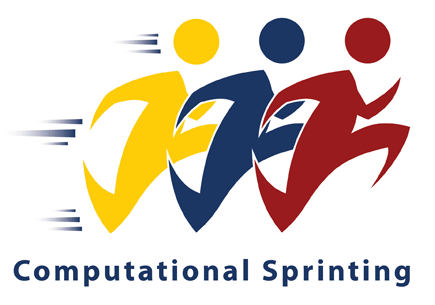Researchers at the University of Michigan and the University of Pennsylvania are jointly developing a new groundbreaking approach to theoretical smartphone power, performance and cooling that could give consumers dramatic boosts in speed up to 16x beyond mobile silicon's physical limitations.
The new processing approach, called "computational sprinting," allows a smartphone's SoC to perform a giant surge of raw computational power (up to 16 times the sustainable rate of the physical silicon) for half a second, and then subsequently withdraw into a "cool down" period to give the chip some time to rest.
In perspective, the new technique alleviates a growing problem in the mobile world called "dark silicon," where smartphone SoCs can no longer benefit from increased transistor density because of the high amounts of heat that each transistor produces. As a result, increasingly large portions of an SoC must remain inactive at any given time since they don't have enough room for large fans to dissipate heat on the entire silicon substrate. Due to these severe cooling concerns, estimates suggest that by the year 2019, only 9-percent of the transistors on a smartphone SoC will be able to be active at any given time.
Computational sprinting comes to the rescue, however, by circumventing the dark silicon problem. The new technique takes into consideration the ways mobile devices are thermodynamically different from laptops and desktops. "What our research indicates is that it's OK for the silicon to be mostly dark, if you can use it all for short bursts of intense computation," says Pennsylvania professor Milo Martin. The researchers found that they could design a chip to run at 16 times the sustainable rate for half a second.
Under the computational sprinting technique, researchers suggest that up to 15 additional cores could activate to work in parallel alongside the chip's main core for up to one second, which could speed up the device's response time tenfold. "If app designers can now get 10 times as much computing done in one burst, that frees their hands to pursue ideas they would have just discarded today," says Michigan professor Thomas Wenisch.
Details of the breathrough can be found here.



